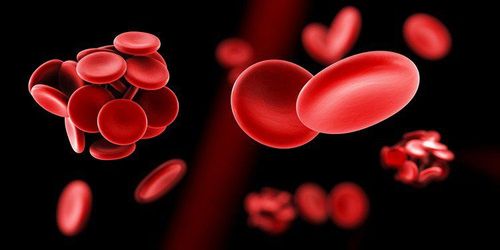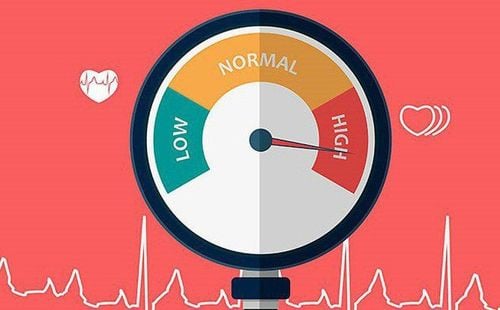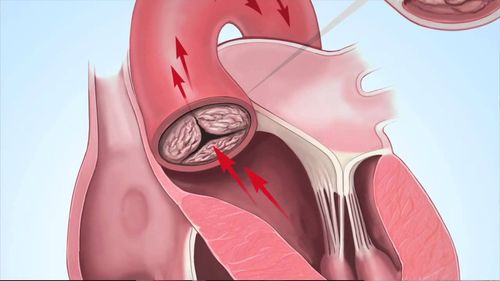Nội dung bạn đang tìm kiếm không có phiên bản tiếng Việt.
Vui lòng chọn tiếp tục để xem nội dung tiếng Anh hoặc đi đến trang chủ Tiếng Việt.
Rất xin lỗi về sự bất tiện này.

Home
Tag Pulmonary embolism
Articles in Pulmonary embolism

Post-Surgical Blood Clots: What You Need to Know
Blood clots after surgery can result from limited physical activity during recovery. If not promptly identified and treated, these clots can lead to severe complications such as pulmonary embolism and deep vein thrombosis (DVT).
Xem thêm











